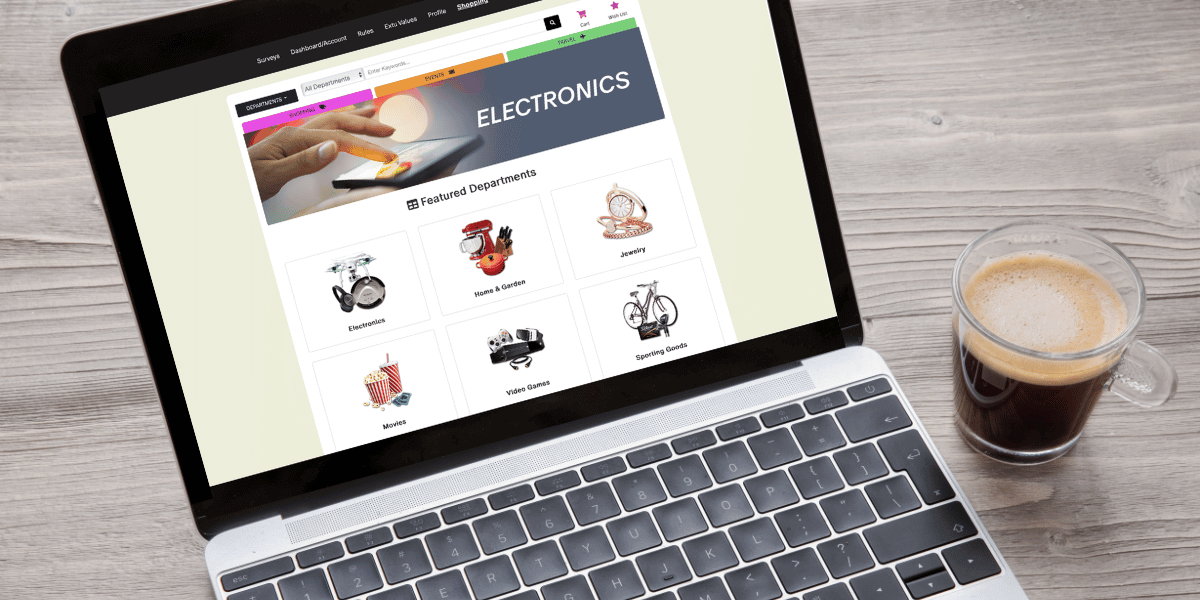It’s an age-old debate. Which is better, tangible rewards or rebate programs for customers? Both have their advantages and place in a B2B customer loyalty strategy. For building long-term customer loyalty, though, the answer is pretty clear. Tangible rewards have a lasting impact that builds strong, long-lasting customer relationships.
The Advantages of Tangible Rewards
Tangible rewards stand out for their unique benefits. By tapping into customers’ emotional and social lives, tangible rewards transcend mundane expenses and build lasting customer relationships.
Tapping into Emotions
When your B2B world revolves around selling to contractors, mom & pop shops, and other small businesses where the owners are your primary points of contact, it’s more beneficial to appeal to them on an emotional level rather than a transactional level.
Tangible rewards offer an array of advantages over rebates, particularly in their ability to forge those emotional connections. While a monetary rebate is undeniably practical, its utility lacks the emotional resonance that non-cash rewards can evoke.
A dollar holds the same value regardless of its origin, yet a trip to The Masters for a golfer or a once-in-a-lifetime fishing trip for the avid angler holds an immeasurable value, creating lasting memories and emotional ties. Experiential and tangible rewards, imbued with personal significance, become cherished experiences and foster a deeper connection between the participant and the sponsoring company.
Transcending Everyday Expenses
Tangible, or non-cash rewards transcend the risk of being lost in mundane expenditures. Unlike rebates, which can easily vanish into everyday expenses, high-valued non-cash rewards remain distinct and memorable. Participants are less likely to overlook or dismiss these rewards, as they present personally appealing opportunities that they may not otherwise be able to justify, creating a sense of appreciation and gratitude toward the program and the sponsoring company.
Social Power
Lastly, non-cash rewards can create captivating narratives that participants eagerly share with others. Whether it’s recounting a thrilling travel adventure or showcasing a coveted luxury item, the stories behind non-cash rewards amplify their perceived value and significance. This positive social reinforcement further enhances the participant’s sense of satisfaction and association with the sponsoring company.
“Median sales results…were significantly better among those rewarded with the gift cards in comparison to those rewarded with cash.”
The Incentive Research Foundation
Furthermore, non-cash rewards extend their impact beyond the individual participant, enriching experiences for loved ones and friends. The ability to share these rewards creates a ripple effect of positive PR for the program and the company while fostering community engagement and motivation among participants.
The Disadvantages of Rebate Programs for Customers
It’s not that customer rebate programs are bad. They work great as occasional, pleasant surprises for loyal customers and can add extra appeal compelling new customers to choose you over the competition. Compared to non-cash loyalty programs, though, B2B customer rebate programs carry distinct disadvantages that can hinder their effectiveness in driving long-term customer loyalty and sales.
Quantifiable Cash Value
Rebate programs offer a known cash value, making them easily comparable by competitors. This transparency allows customers to “shop” rebate programs with other suppliers. A company-branded points currency is unique to the sponsoring company and provides a value that is difficult for competitors to match.
Sales Only
Rebate programs strictly impact sales, making it difficult to incorporate and encourage other important activities and behaviors, such as product knowledge and education, encouraging referrals and reviews, event attendance, and overall customer engagement. Reward points can be used to incentivize and reward customers for virtually any behavior, so it’s not limited to just sales activities.
Transactional
Rebate programs lack the emotional connection necessary to foster long-term relationships with B2B customers. Rebates are transactional in nature, failing to resonate on an emotional level with buyers. With non-cash rewards or experiential incentives, customers identify “reward goals” important to them, which they begin working towards by shifting purchases to the sponsoring company.
Manual Management
Operating rebate programs internally still requires time and resources for management and tracking. They lack automated communications, reporting, and analytic tools, which leads to inefficiencies and increased administrative burdens. These limitations can diminish the effectiveness of the incentive and erode the benefits for the sponsoring company.
In conclusion, non-cash reward programs offer a multifaceted approach to motivation and engagement, leveraging emotional connections, memorable experiences, and social dynamics to drive participant satisfaction and loyalty. By prioritizing non-cash incentives, companies can create lasting impressions, strengthen brand affinity, and cultivate an engaged community of customers invested in their success.



